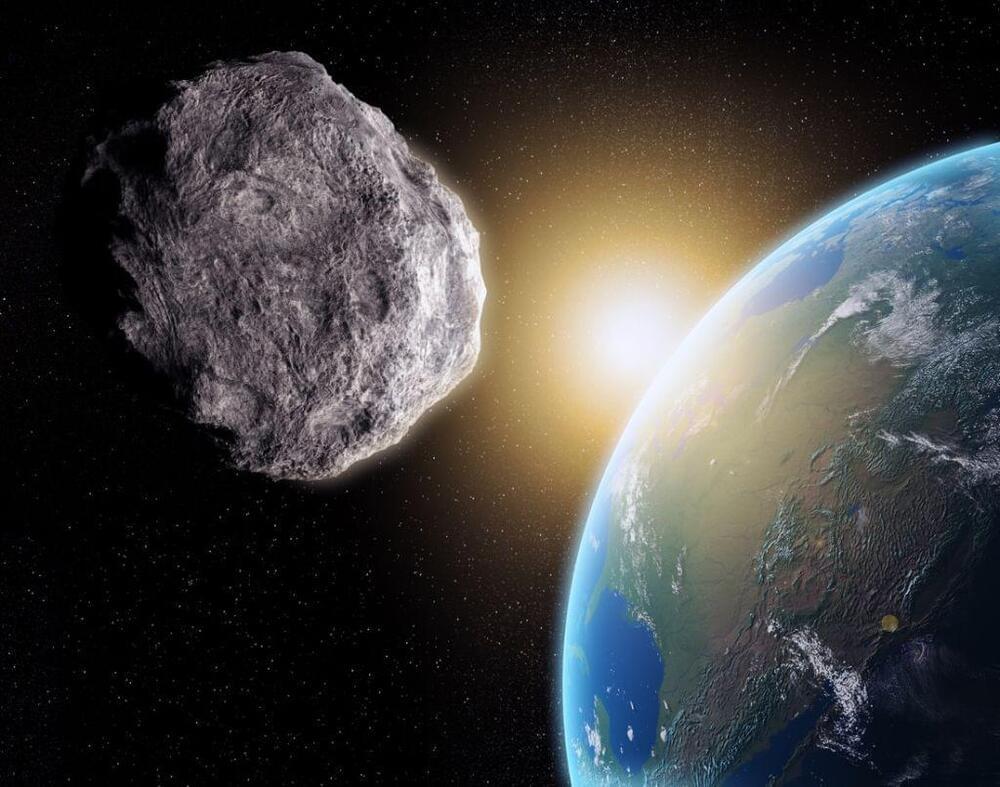A newly discovered, “potentially hazardous” asteroid almost the size of the world’s tallest skyscraper is set to tumble past Earth just in time for Halloween, according to NASA.
The asteroid, called 2022 RM4, has an estimated diameter of between 1,083 and 2,428 feet (330 and 740 meters) — just under the height of Dubai’s 2,716-foot-tall (828 m) Burj Khalifa, the tallest building in the world. It will zoom past our planet at around 52,500 mph (84,500 km/h), or roughly 68 times the speed of sound, according to NASA (opens in new tab).







